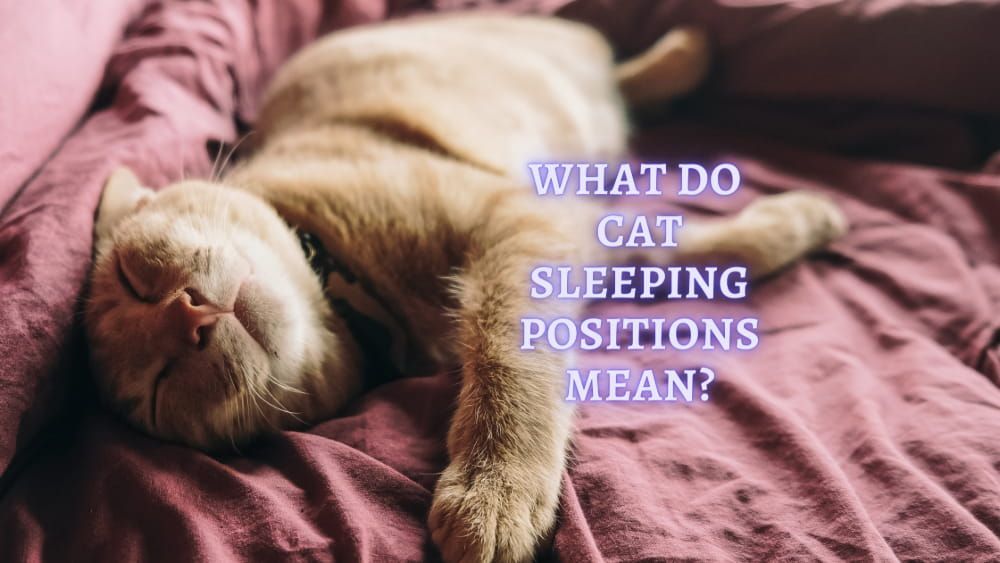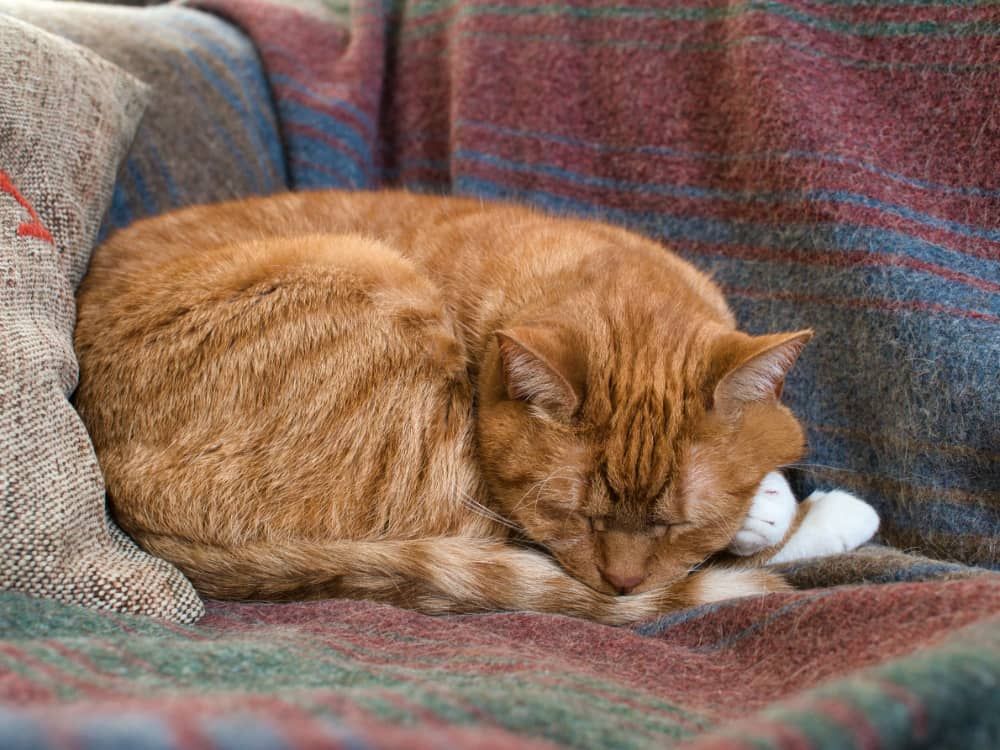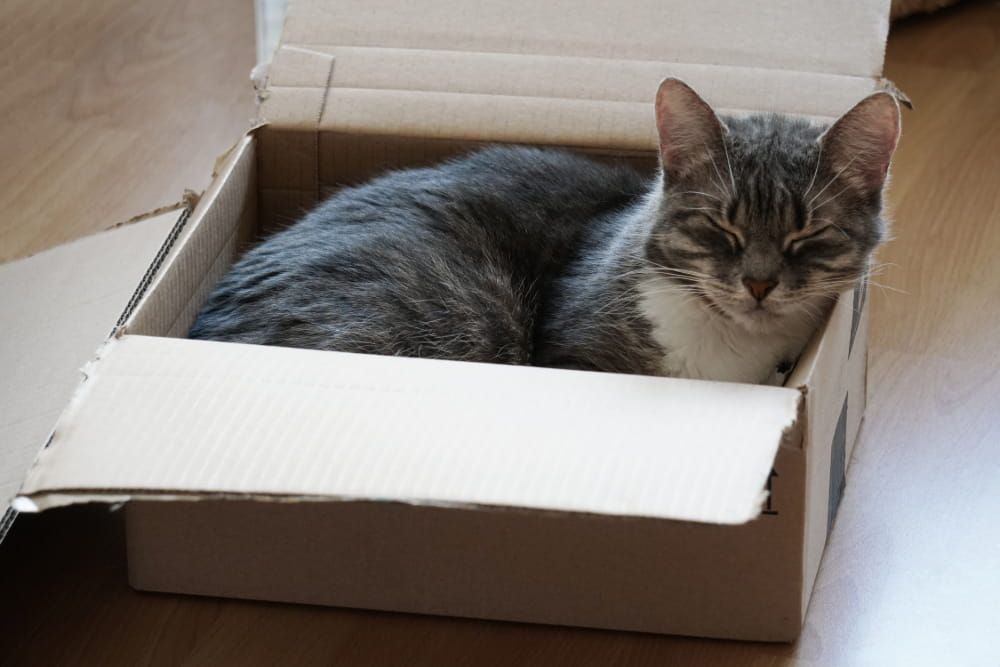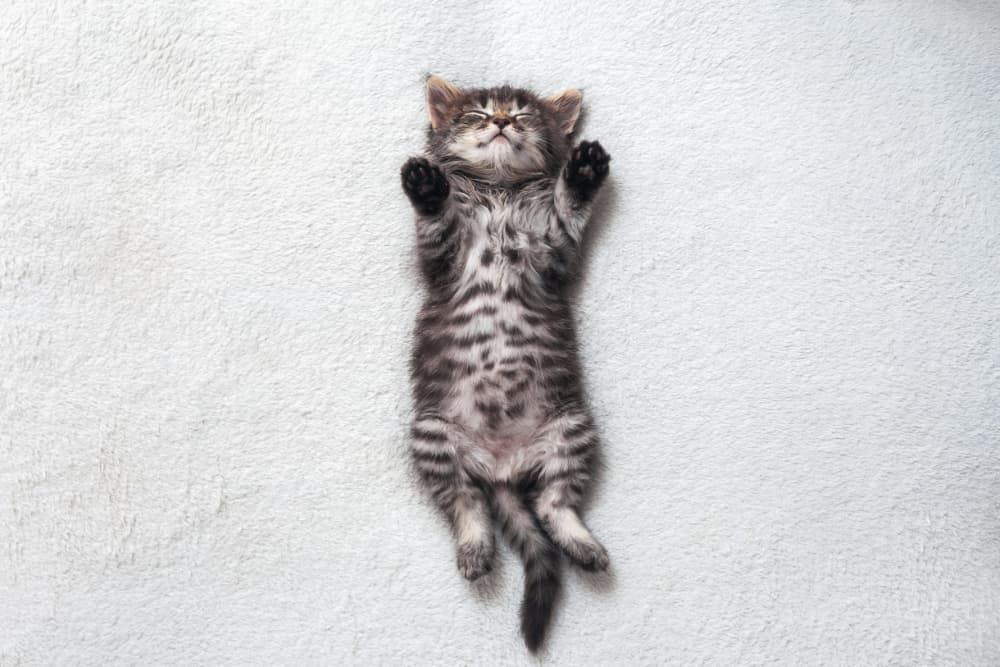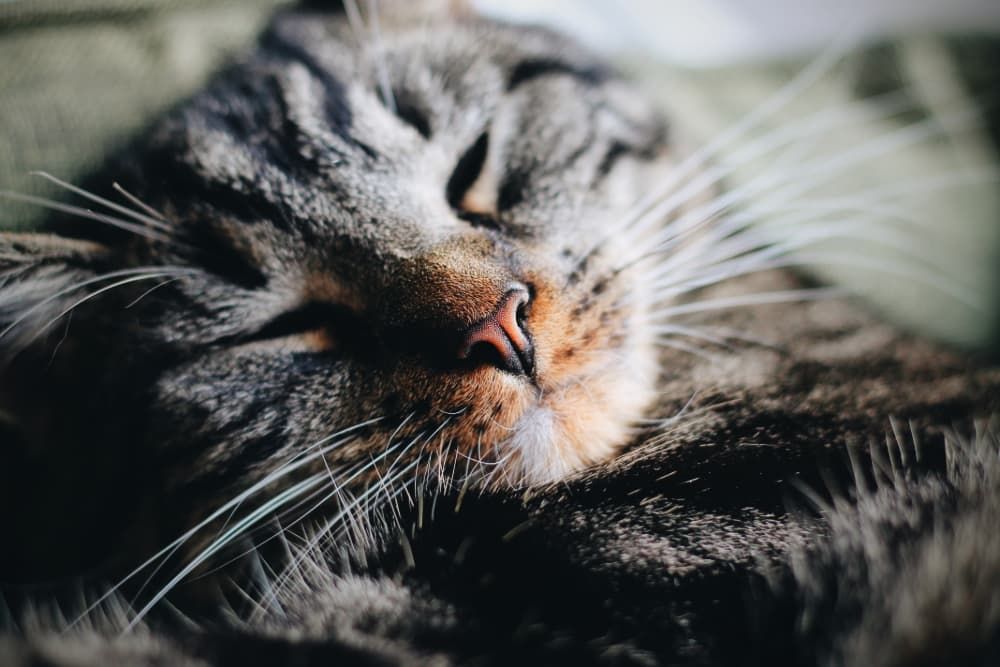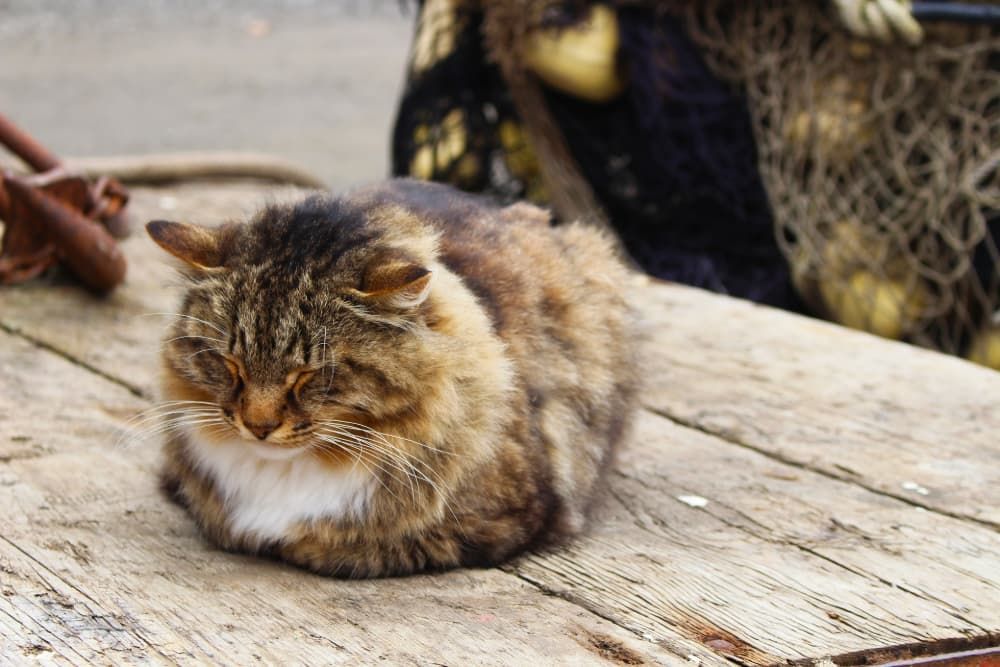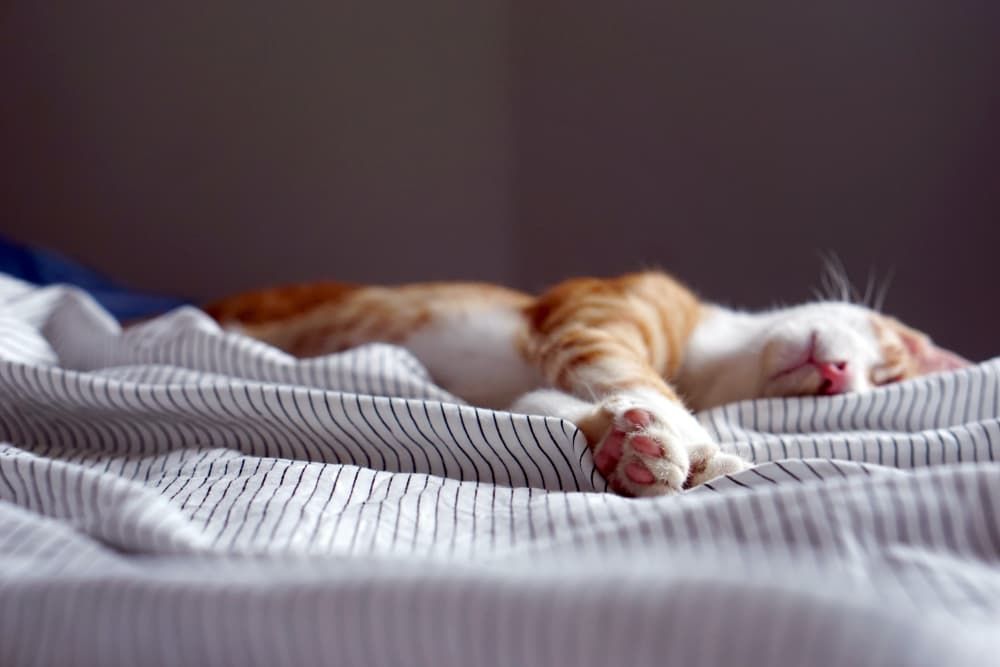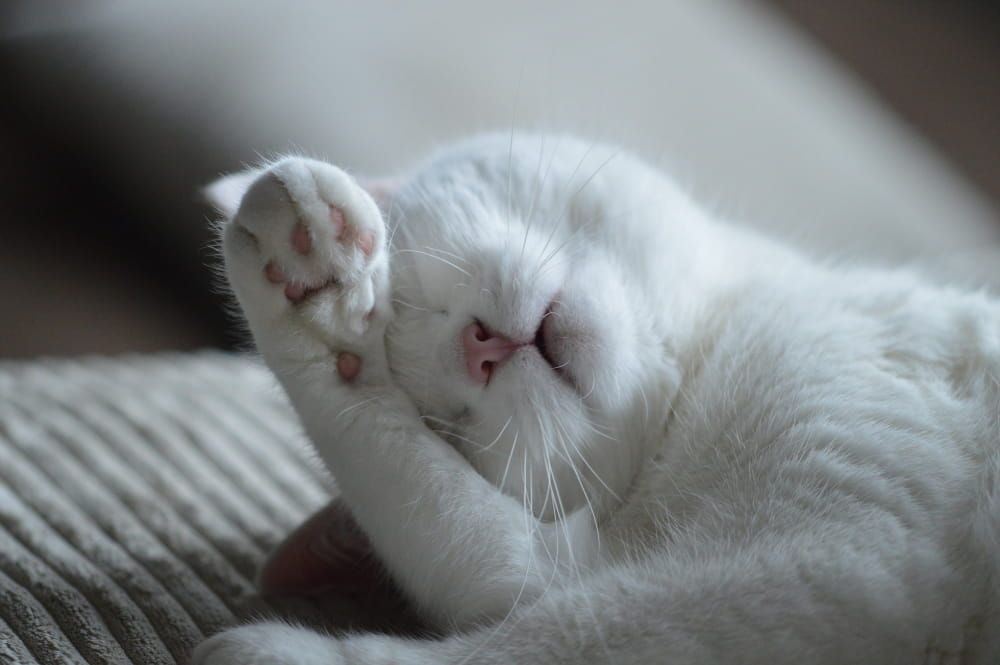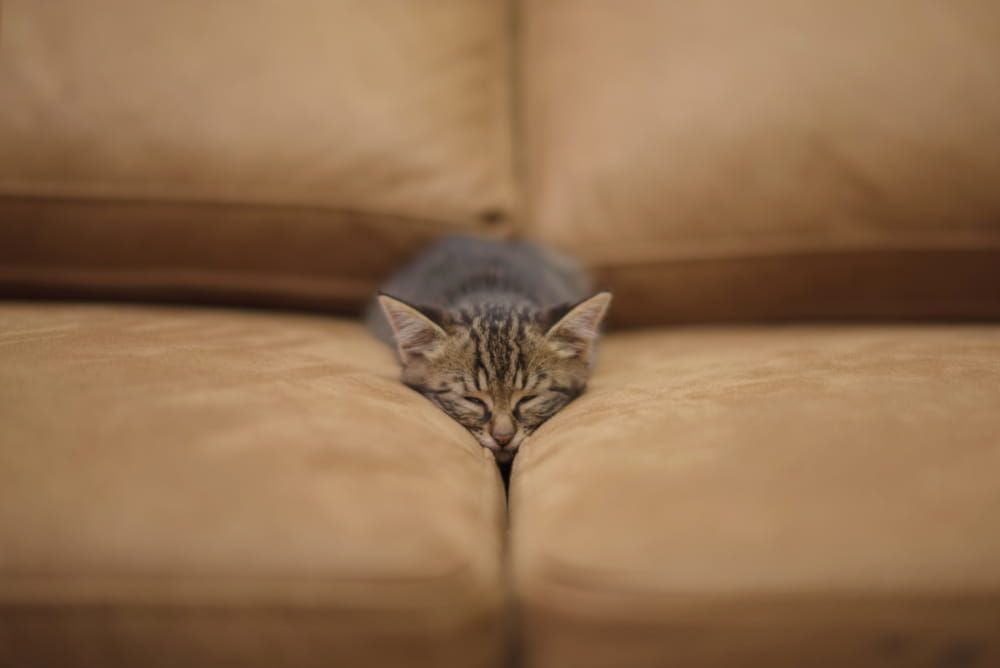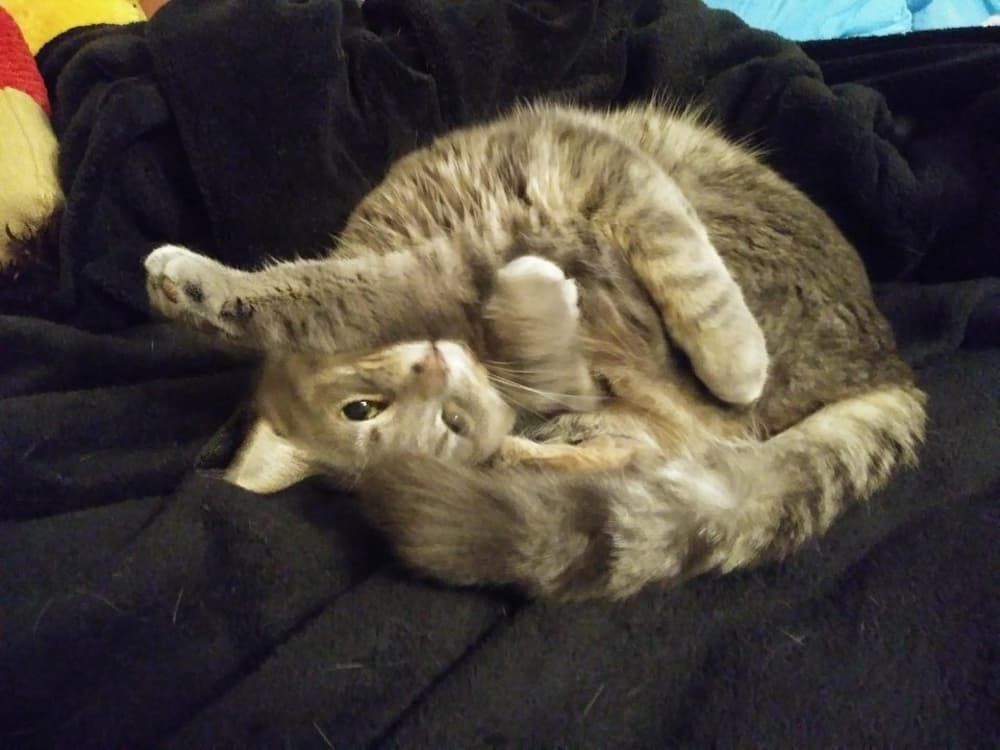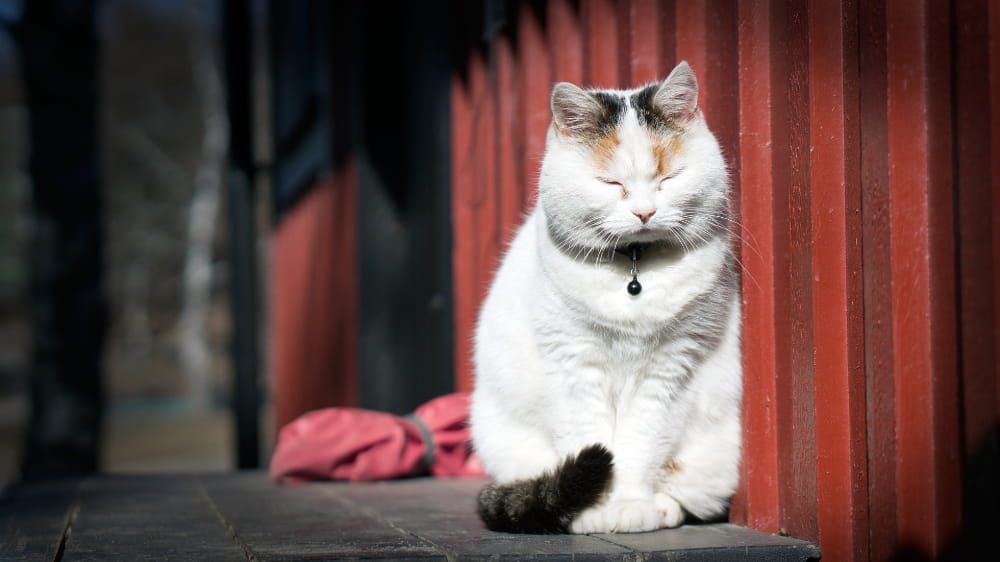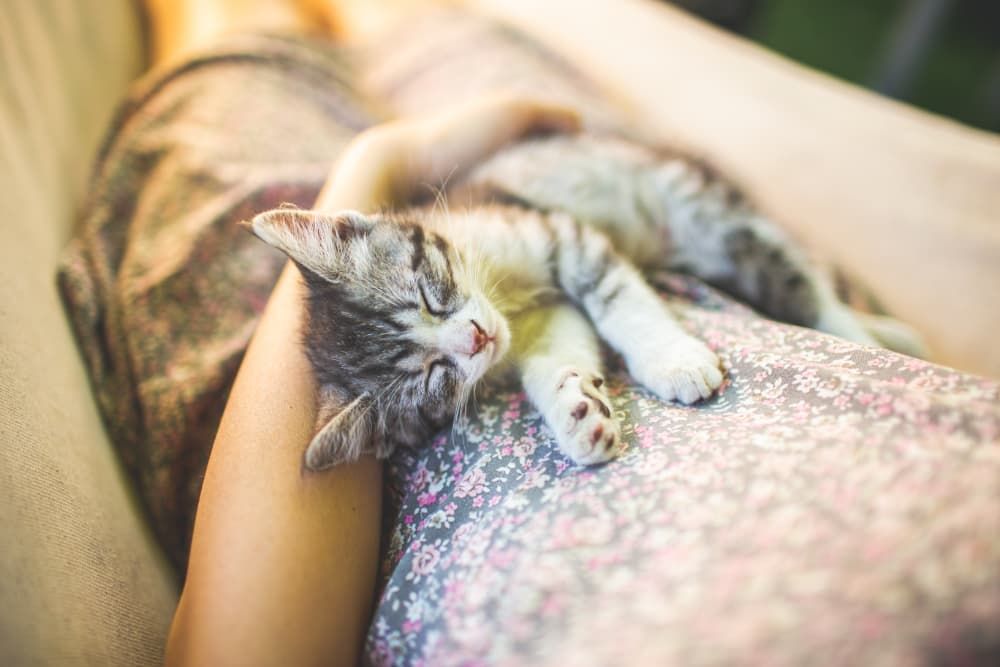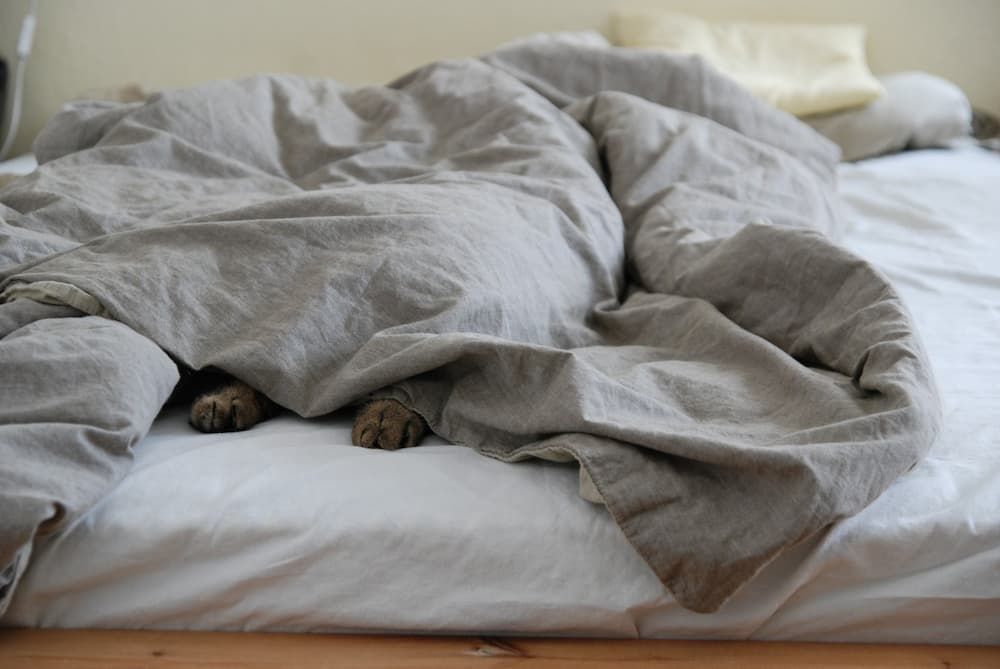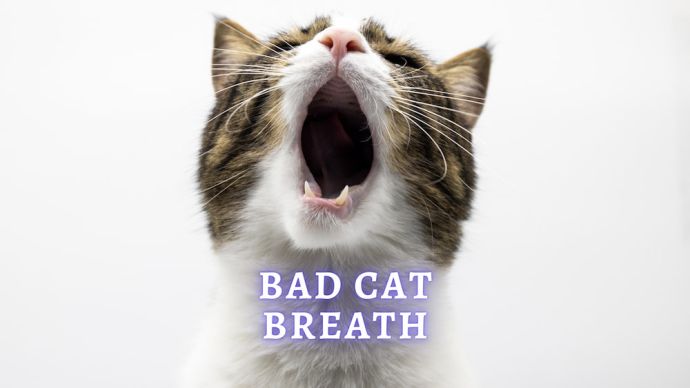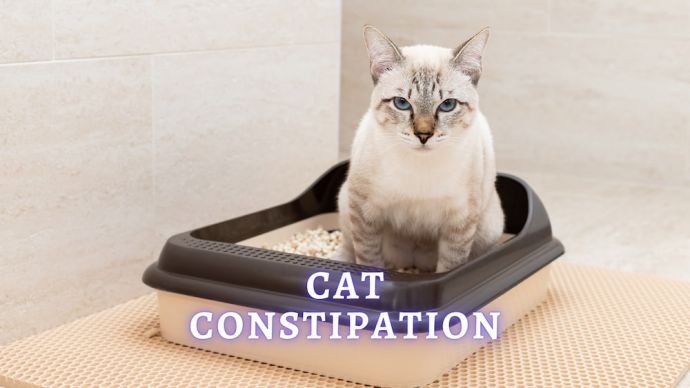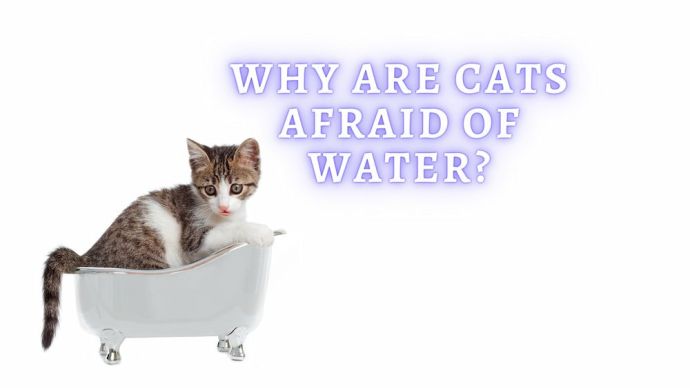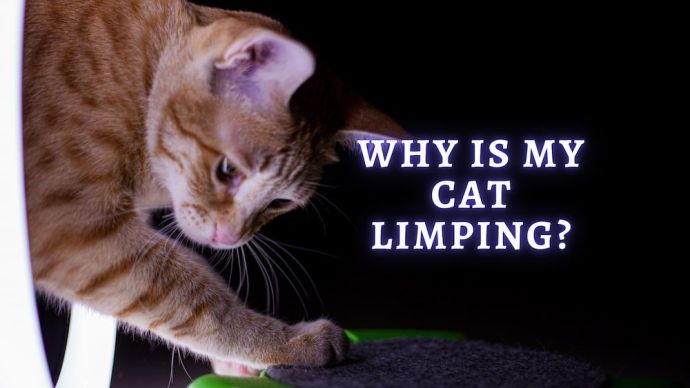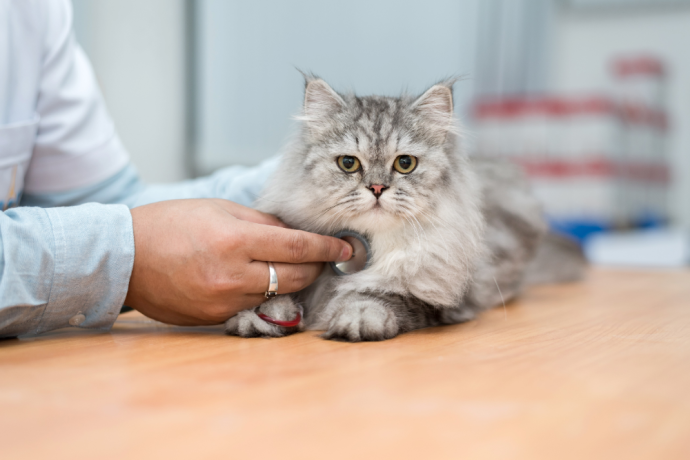Cat Sleeping Positions Meaning (with photos)
Written by:
Author: Alina Andreeva
Alina A. is a professional writer, editor, and pet-lover. She has published over 50 articles on how to care for pets properly. Alina has been writing articles for 3 years, so she has considerable experience in this niche. Her natural curiosity helps her to expand her knowledge and learn new pet care life hacks, which will make your life much easier.
View all 79 articlesLearn about our editorial process and veterinary review board.
Reviewed by:
Veterinary review
by Dr. Kathryn Dench
Dr. Kathryn Dench is an experience veterinary with over 10 years' experience in small animal and exotic pet medicine. Kate qualified from Cambridge University Veterinary School in 2007. Kate has worked in a number of veterinary practices in the UK. She has extensive experience in the medical care of pet species, from dogs and cats to chickens and chameleons! In free time, Kate writes pet advice in order to ensure that owners are receiving the best possible information on how to care for their pets.
View all 9 articlesLearn about our veterinary review board
Viewed: 2477
Updated on: 01/04/2023
Our feline companions have many abilities and talents, but their superpower is the napping experience. According to the Society for the Prevention of Cruelty to Animals, cats sleep away about 50% of each day.[1] And how your furry friend positions his body while catching his Zees is just as important as what spots he chooses to sleep. You can learn a lot about your kitty by carefully considering his sleeping positions.
Cat Sleeping Position Meaning
So the next time your cat lies down for forty winks – like now, or in five minutes – take a good look at his snoozing style and see what it tells you about his feelings and personality. These are the most commonly seen cat sleeping positions and what they say about your furry friend.
1. All Curled Up
When your cat curls up with his tail in an elegant swoop around his body, and his head tucked in toward his chest, it means he is trying to conserve warmth and protect vital organs. Animals in the wild do it, and it is a natural instinct that even a well-cared-for domestic cat cannot suppress.
Your feline companion may not be worried about a rival animal stealing up to him while he is taking a nap, but he can be protecting his toes from curious human fingers. So when a cat curls up in a crescent, it usually means he wants to be left alone.
READ MORE: How to Sedate a Cat Naturally?
2. Cat in a Box
There is definitely something about a cat sitting in a box that makes his owner rush for the camera. No doubt about it, it is cute, and it also shows that your cat feels safe and comfortable. Felines look for tight spaces because they make them feel safe. A four-walled box where your furry friend can squeeze his mass into a delightful ball of fluff is perfect protection.
Cats that live with young kids or a rambunctious pet in the house may seek out a box or other hide-out spot to curl up in, for deep, (hopefully) uninterrupted snoozing.
3. Belly-up
Your cat’s belly is his most vulnerable body part, and he knows perfectly well what happens if he exposes this soft area of skin to the wrong creature. When your furry friend stretches out on your couch with his stomach up in a hilariously straddled position, consider this a compliment. A cat only exposes his belly if he feels 100% secure and comfortable. So it is a sure sign your cat trusts you.
If something were to happen while your feline buddy is lying on his back, it would take too long for him to get to his feet. The belly-up snoozing style shows that your cat is quite sure he will not be attacked and ready to give up his protective instincts. It is so tempting to wake up your kitty with belly rubs, but remember that your furry friend trusts you. At the very least, let him sleep for a few minutes before petting him there.
4. Half-eye Shut
Even housecats are at risk from predators, so they often sleep with their eyes half-open and their ears constantly moving to instantly react to an impending threat. This is a light form of sleep that allows your furry friend to immediately respond to any unusual sounds. Sometimes you may even notice that your kitty is sleeping with one eye closed and one eye open. This snoozing style is called unihemispheric slow-wave sleep. In this case, one half of your cat’s brain rests while the other half is conscious and stays on alert.
Sleeping this way is also typical for a new cat living in a household with noisy kids. It means your kitty does not let his guard down.
5. Bread Loaf
The loaf, or Sphinx, is one of the cutest cat sleeping positions. In this adorable pose, a kitty remains upright and tucks his front paws under his body, resembling a bread loaf. If your feline companion takes a nap in this position, it means he is content and comfortable with what is happening around him. It also helps him retain body heat. You may notice his eyes closing slowly as he falls asleep in this position. Being upright allows him to take off in a moment’s notice if needed.
6. Sideways Sleeper
Like the belly-up sleeping position, a sideways sleeper means that your cat feels secure and at peace. In this pose, his soft belly is somewhat exposed, and his limbs are spread out. This relaxation mode usually results in a deep and long sleep.
7. Paw Across The Face
When your fluff ball assumes a precious pose with his paw across his face, it indicates that he doesn’t want to be disturbed. This usually happens unconsciously when your kitty is in a full-on nap. It might also mean that he is trying to block out sleep-disturbing daylight. Maybe your furry friend needs a sleeping mask!
8. Monorail Kitty
One of the most interesting snoozing styles is a monorail cat. In this position, your kitty lies on a staircase banister, armrest, or the back of your sofa, hanging down his legs. Wild felines like leopards fall asleep in this position on branches high up in trees, where they are safely out of reach of predators on the forest floor. Cats drift off in this pose because they want to be on top of things even when they rest.
READ MORE: The Best Cat Trees (Review)
9. Contortionist
Sometimes cats twist their bodies into unimaginably strange positions to get comfortable. This is the go-to snoozing style for a feline who loves to be the focus of attention. Our furry friends know that not everyone can twist their body into a spread-eagled pretzel, so they enjoy showing off their flexibility. You can bet this kitty is always Insta-ready.
10. Sit Up Sleeper
Has your feline companion ever sat upright with his eyes shut? Usually, their tail is wrapped around their body to make them feel safe. If you take a good look, you will notice that your fluff ball is not actually sleeping. He is half asleep, which means he stays on alert and can spring into action if needed. Check out his ears. When they quickly swivel backward, it means that something has caught their attention. Remember, “Cats have a lot of muscle control over their ear,” says Dr. George Strain, a neuroscientist at Louisiana State University’s School of Veterinary Medicine [2], so cats can instantly react to any sound but easily ignore you, human.
11. Sleeping On You
Whether it is your stomach or even head – your furry friend prefers to slip into dreamland on you because he wants to be with you while he relaxes his guard. Cats do not like to be disturbed while taking a nap, so your feline companion will decide to sleep on parts of your body that are less likely to move. But in a nutshell, when your kitty chooses to sleep on you, it means he trusts you. Enjoy it!
12. Tucked In Or Under Something
Sometimes you can find your furry friend sleeping under a blanket or inside your drawers. Dark nooks and cushions keep your kitty safe, warm, and comfortable. And this is exactly what your cat is looking for if he is sleeping in this way.
READ MORE: 8 Signs Your Cat Loves You
FAQ
What Do Cat Lying Positions Mean?
Cat snoozing styles let you learn more about your kitty’s personality and feelings.
How Does a Cat Decide Where to Sleep?
- Weather. In winter, you are likely to find your cat curled up near a radiator. In summer, you may see him spread out, usually in a cool place, such as a tiled bathroom.
- Safety. Cats love sleeping in tight spaces because they make them feel safe. So they prefer to snooze in a box because they have 5 sides out of 6 protected.
- Cleanliness. Cats are neat animals, and if something gets dirty, they don’t want to sleep there.
Is It OK for Cat to Sleep in Bed?
According to Mayo Clinic’s Center for Sleep Medicine research, about 56 percent of pet owners invite their cats into bed with them. [3] Sleeping with a warm fluff ball could offer a sense of security and their purring aids in relaxation.
However, there are some drawbacks to having your cat in bed with you, including exposure to litter box debris or even parasites. They can also affect the quality of your sleep, having a play session at three in the morning.
READ MORE: Why my Cat Yowling at Night?
Article Sources:
- “Sleeping Cats .” SPCA of Texas, spca.org/document.doc.
- Cat Facts: 10 Interesting Things About Cat Ears. 21 Dec. 2017, petmd.com/cat/care/cat-facts-10-interesting-things-about-cat-ears.
- Krahn, Lois. “Are Pets in the Bedroom a Problem?.” PubMed, 23 Oct. 2020, pubmed.ncbi.nlm.nih.gov/26478564/.
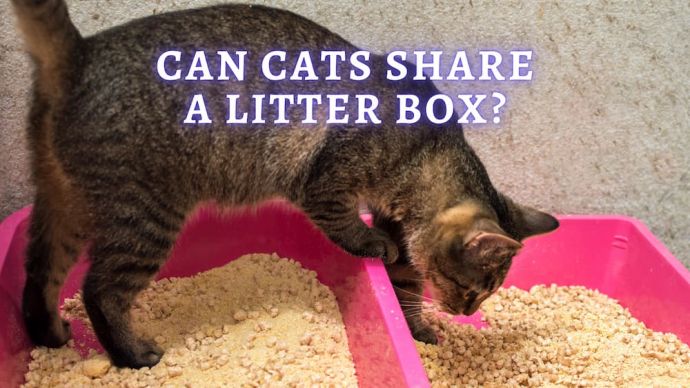 Cat Care Can Cats Share a Litter Box? How Many Boxes Should Be in a Multi-Cat House?
Cat Care Can Cats Share a Litter Box? How Many Boxes Should Be in a Multi-Cat House? - 232
- 1
 Cat Care Why Is My Cat Always Hungry? Vet-Approved Advice on Dealing With Hungry Cat
Cat Care Why Is My Cat Always Hungry? Vet-Approved Advice on Dealing With Hungry Cat - 348
- 0
 Cat Care Why Does My Cat Attack My Legs? 10 Reasons Why and What To Do About It (Vet-Approved Advice)
Cat Care Why Does My Cat Attack My Legs? 10 Reasons Why and What To Do About It (Vet-Approved Advice) - 46013
- 21
 Cat Veterinary Tips Cat Stomach Gurgling: Vet Advice on Why is Your Cat Stomach Gurgling?
Cat Veterinary Tips Cat Stomach Gurgling: Vet Advice on Why is Your Cat Stomach Gurgling? - 36469
- 4
 Cat Veterinary Tips My Cat Lost its Voice: Can Cats get Laryngitis? (Vet Advice)
Cat Veterinary Tips My Cat Lost its Voice: Can Cats get Laryngitis? (Vet Advice) - 23554
- 13









